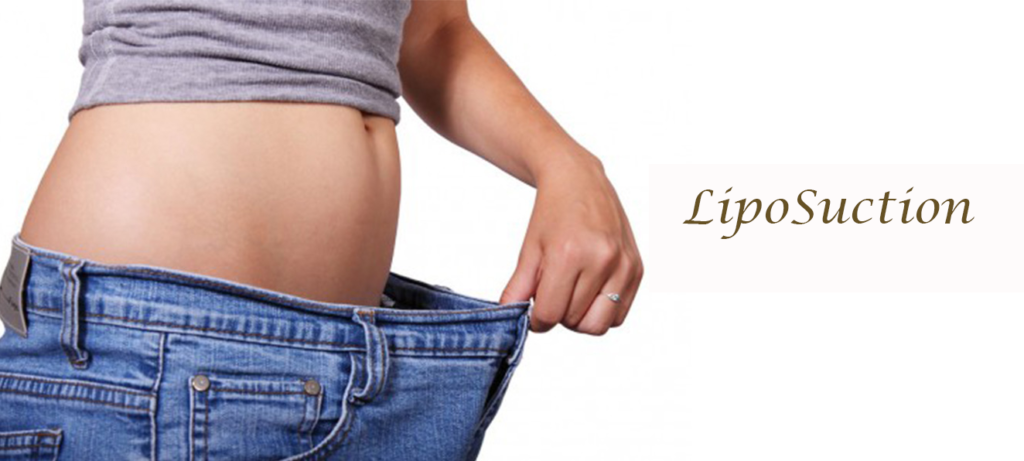Recent data shows that more women are seeking liposuction in the UK, with an increase of 12% since 2017 from 2,039 procedures to 2,286. Experts and surgeons believe the combination of sports and health Instagram influencers being centre-stage and the rise in figure-hugging sportswear are the reasons for the surge.
Rajiv Grover from the British Association of Aesthetic Plastic Surgeons says that ‘The rise comes at a time where a fashion trend for women is athleisure clothing, showing what kind of physique you have rather than covering up’.
This could set a dangerous precedent when it comes to solutions to keeping healthy, causing more people to cut corners and turn to such extremes as liposuction, a procedure primarily for improving health and not considered a cosmetic treatment by surgeons.
Key Things to Know About Liposuction:
Not a Substitute for Weight Loss
Liposuction is designed to remove localised fat deposits that are resistant to diet and exercise, rather than serving as a method for overall weight loss. It is important to approach the procedure with the understanding that it is not a solution for obesity or a substitute for healthy weight loss practices. Candidates for liposuction are usually those who are close to their ideal weight but have specific areas of fat that they want to address.
Does Not Prevent Weight Gain
While liposuction effectively removes fat cells from targeted areas, it does not prevent future weight gain. The remaining fat cells in the body can still enlarge if you consume more calories than you burn. Therefore, maintaining a balanced diet and regular exercise routine is crucial post-procedure to sustain the results.
Safe and Limited Fat Removal
The amount of fat removed during liposuction is carefully regulated to ensure the safety and health of the patient. Typically, surgeons limit the amount of fat removed to about 5 liters (approximately 11 pounds) in a single session. Removing excessive amounts of fat can lead to complications, including fluid imbalance and issues with anesthesia.
Body Contouring and Target Areas
Liposuction is particularly effective for contouring specific areas of the body, such as the hips, abdomen, thighs, buttocks, arms, and neck. It enhances the body’s silhouette by eliminating stubborn fat pockets, creating a more proportionate and aesthetically pleasing shape. Patients often seek liposuction to improve the contours of their tummy, hips, thighs, and other areas where fat tends to be more resistant.
Additional Considerations
Recovery and Results: Recovery from liposuction varies depending on the extent of the procedure and the individual’s overall health. Patients can expect some bruising, swelling, and discomfort post-surgery, which typically subsides within a few weeks. Final results may take several months to fully manifest as the body heals and adjusts.
Risks and Complications: As with any surgical procedure, liposuction carries potential risks, including infection, scarring, changes in skin sensation, and contour irregularities. It is essential to discuss these risks with a qualified plastic surgeon and ensure that the procedure is performed by a certified professional in a reputable medical facility.
Realistic Expectations: Having realistic expectations is crucial for satisfaction with the results. While liposuction can significantly enhance body contours, it cannot achieve perfect symmetry or address issues such as cellulite or loose skin. Combining liposuction with other procedures, such as a tummy tuck or body lift, may be recommended for patients with significant skin laxity.
What Has Prompted the 12% Increase?

Plastic surgeons have attributed the rise in popularity to a parallel rise in the popularity of wearing gym wear as everyday clothing and the numbers certainly back this up, with ‘athleisure’ now a £3 billion market in the UK.
The phrase ‘athleisure’ originates from a 1976 trainers advert but entered the dictionary in 2016 accompanied by a definition that reads ‘casual clothing to be worn for exercising and for general use’.
It is thought that the rise of Instagram-led trends of gym culture, healthy living and clean eating have encouraged high-street brands including H&M, Primark and TopShop to produce sportswear and indeed athleisure, none of which did until recently.
Celebrities such as Beyonce and Demi Lovato are examples of poster girls for the athleisure trend, releasing Ivy and Fabletics lines respectively.
As mentioned above, liposuction should not be a replacement for healthy eating and exercising when it comes to weight loss and should be classed as a ‘last resort’ for those whose health is seriously at risk because of their weight.
Liposuction is a valuable tool for body contouring, helping to sculpt and refine areas of the body resistant to traditional weight loss methods. Understanding its purpose, limitations, and necessary post-procedure care is vital for achieving the desired outcomes. Always consult with a board-certified plastic surgeon to discuss your goals, evaluate your candidacy, and develop a personalised treatment plan.



1 Comment
Interesting to learn that Liposuction is on the rise. Definitley should be used as a last resort, there is no subsitute for healthy eating and exercise.